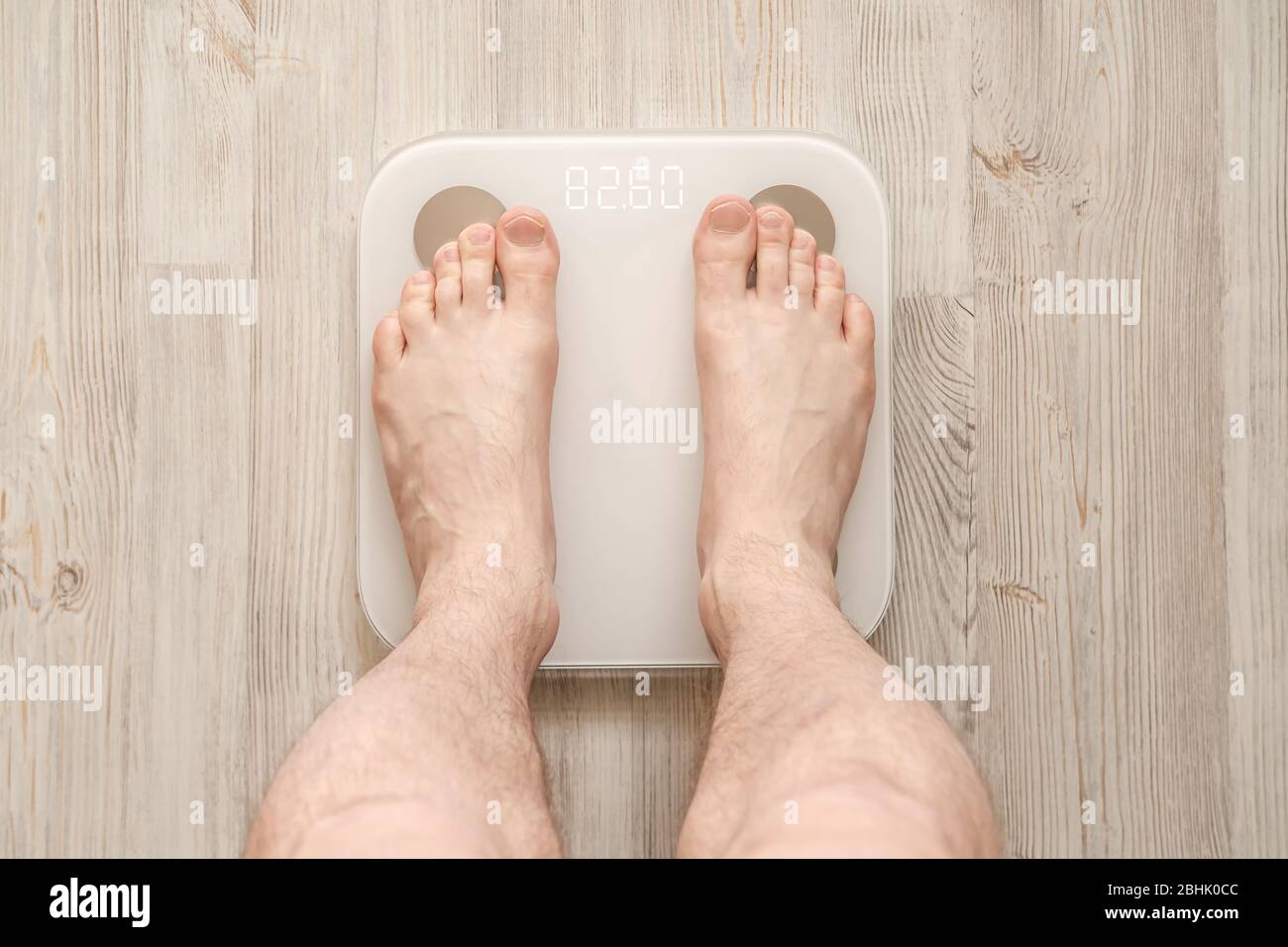
Impedance Measurement Body Fat
Now lets talk about bia. Such scales work with the help of sensors underneath your feet that use bioelectrical impedance. Since the advent of the first commercially available devices. In bia a weak electric current flows through the body and the voltage is measured in order to calculate impedance of the body. When you step on the scale a small electrical current runs up through your leg and across your. Bioelectrical impedance analysis is a commonly used method for estimating body composition in particular body fat and muscle mass.
Body circumference measurements and body fat scales that use bioelectrical impedance are both methods you can do on your own. In part 2 you learned about underwater weighing and in part 3 you learned about the bod pod. A small current is used to measure the resistance at difference frequencies against the various tissues in the body eg fatlipid has a high resistance to the flow of current therefore shows a high impedance reading. Body fat scales use bioelectrical impedance analysis bia to estimate the relative percentages of different tissues and substances within the body. Bioelectrical impedance bia bia is one of the quickest and easiest methods for predicting body fat. In part 1 of this series you learned about how body fat testing is a prediction not a measurement.
Bia sends a weak electrical impulse through the. Therefore if a person is more muscular there is a high chance that the person will also have more body water which leads to lower impedance. However the convienience of this method comes at a price of accuracy. Bia or bioelectrical impedance analysis is a non invasive measurement of body fat lean muscle mass and hydration. Most body water is stored in muscle. While not as accurate as skinfold measurements taken by a trained.
Random Post
- body length measurement chart
- ayesha gulalai body measurement
- jhene aiko body measurement
- nyra banerjee body measurement
- bmi body measurements calculator
- the study of biological growth and body measurement
- gopichand body measurement
- body measurement for pencil skirt
- sample body measurement chart
- lea michele body measurement
- what is anthropometric measurements what is the procedure to measure body weight
- nisha dubey body measurement
- body measurement calculator tiktok
- body measurement calculator male
- kim jong kook body measurement
- body surface temperature measurement
- true body fat measurement
- alicia keys body measurement
- gazini ganados body measurement
- devon larratt body measurement
- arefin shuvo body measurement
- eliza taylor body measurement
- jason luv body measurement
- smriti sinha body measurement
- jamie lee curtis body measurement
- length body measurement
- undertaker body measurement
- pyrometer for body temperature measurement
- subscapular body fat measurement
- yash anand body measurements
- bra sizes with picture
- body measurement ozone
- best male body figure measurements
- bipasha basu body measurements
- victoria secret bra measurement chart
- body fat measurement water displacement
- how to take body measurement for gown
- kratika sengar body measurements
- body measurement bust
- app to track body measurement
- body measurement kit
- brock o'hurn body measurements
- body shape based off measurements
- chest size body measurement
- nona gaye body measurement
- non contact body temperature measurement system
- body trunk measurement
- body rise measurement
- labcorp employee wellness with body measurement
- dave bautista body measurements





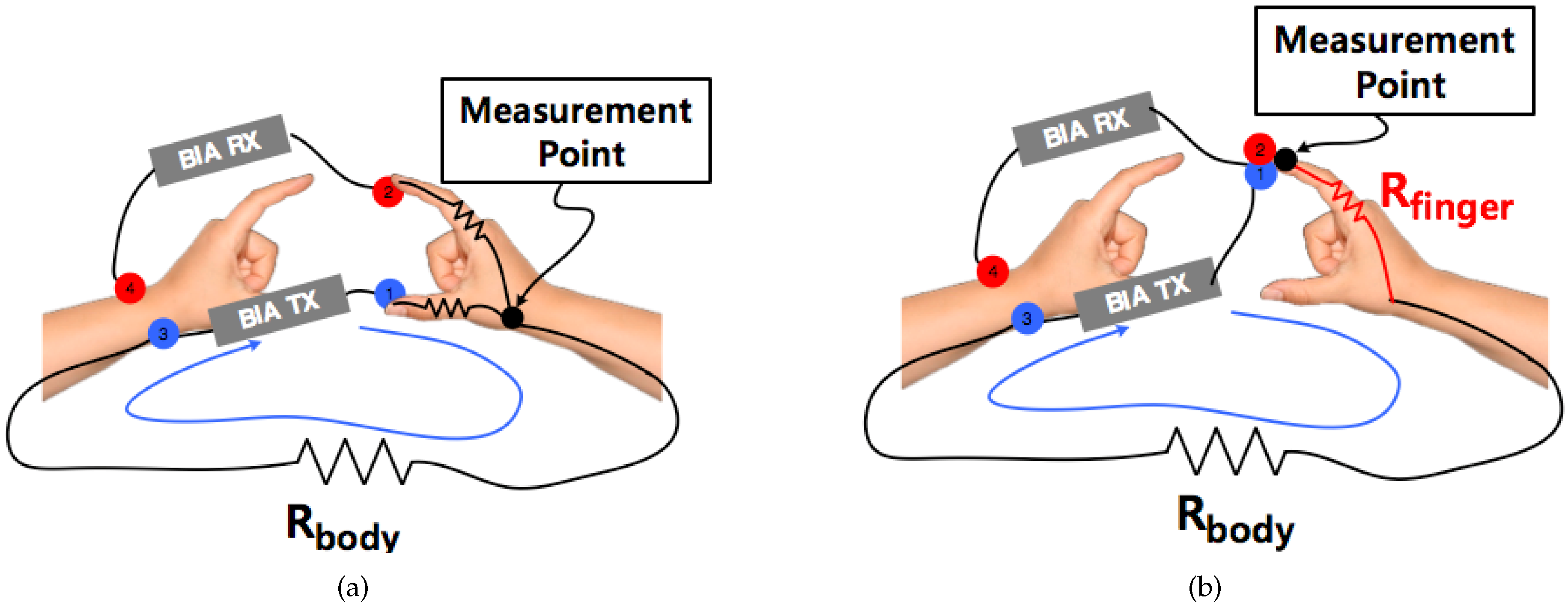
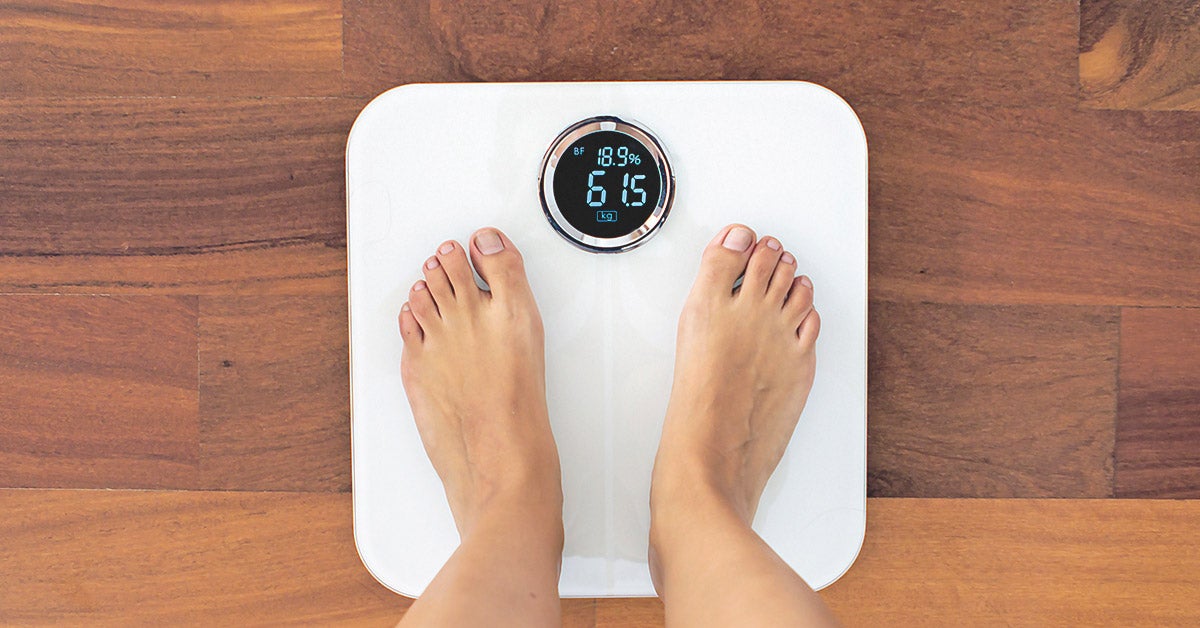
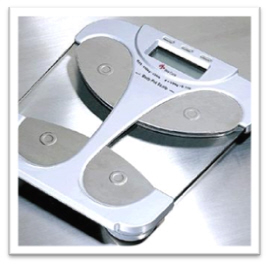
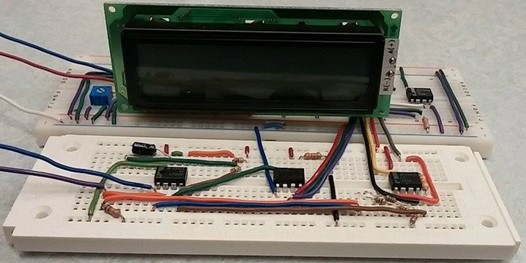




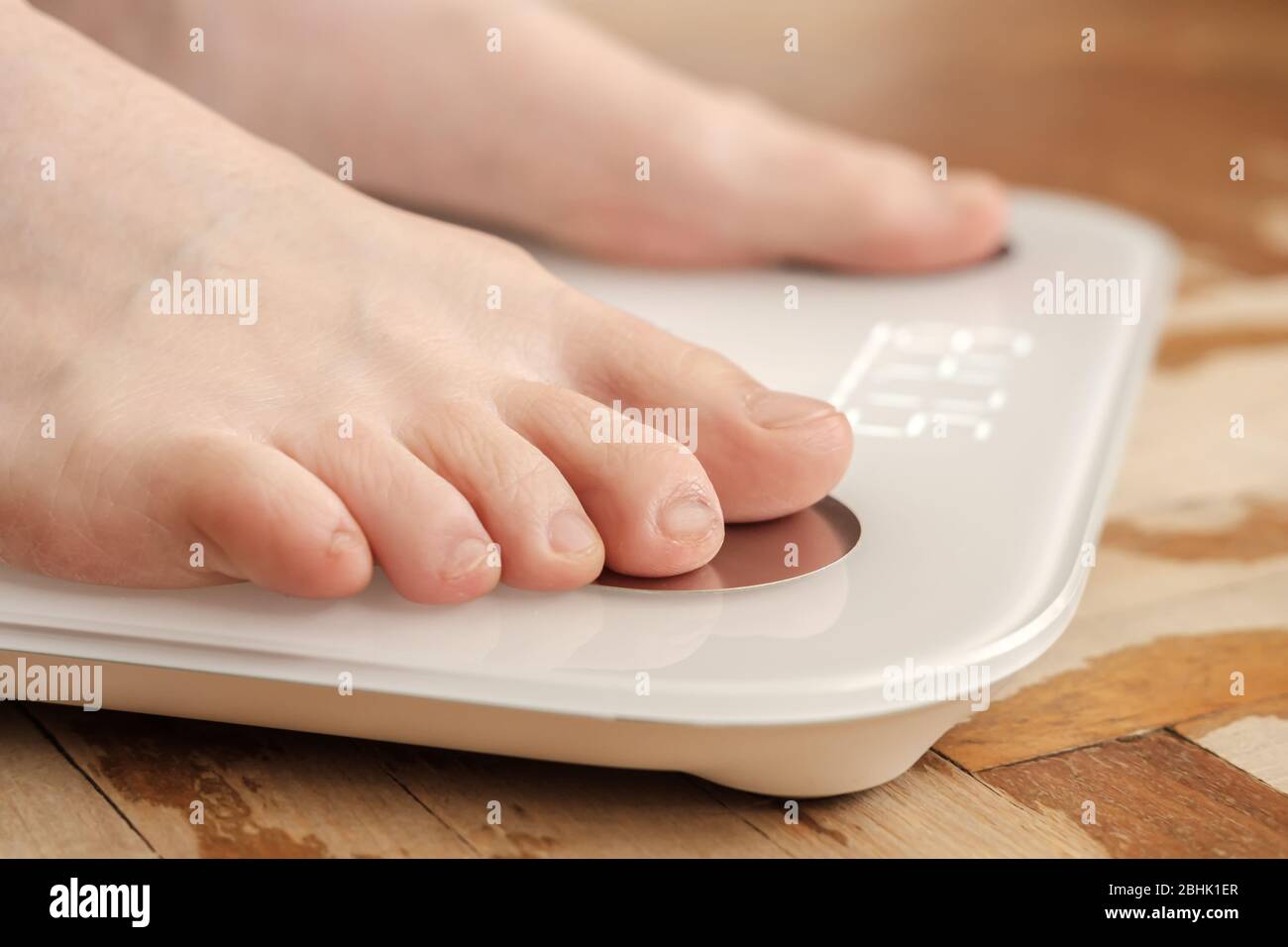


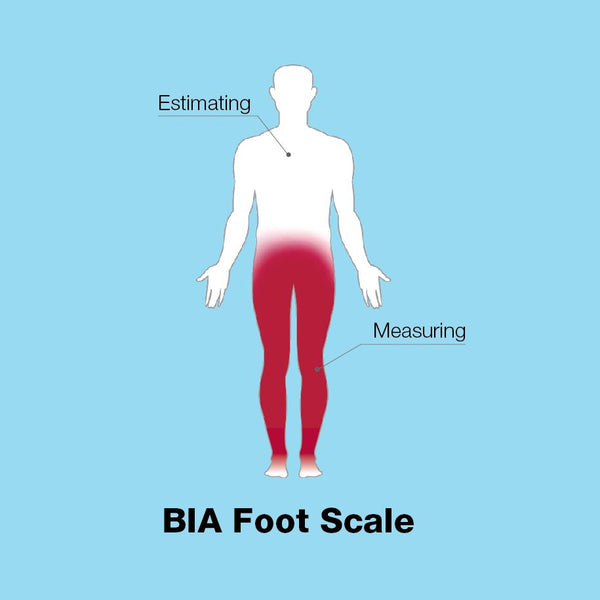






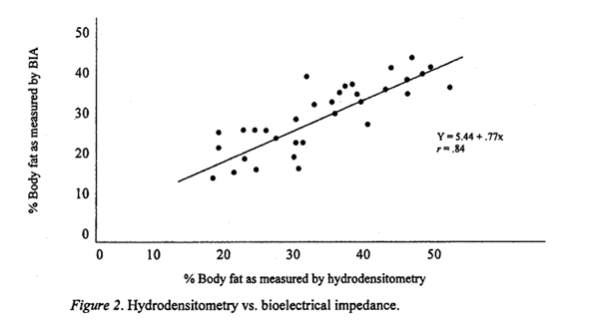

/underwater-hydrostatic-body-fat-weighing-453131436-5ad4f5c2642dca0036367079.jpg)
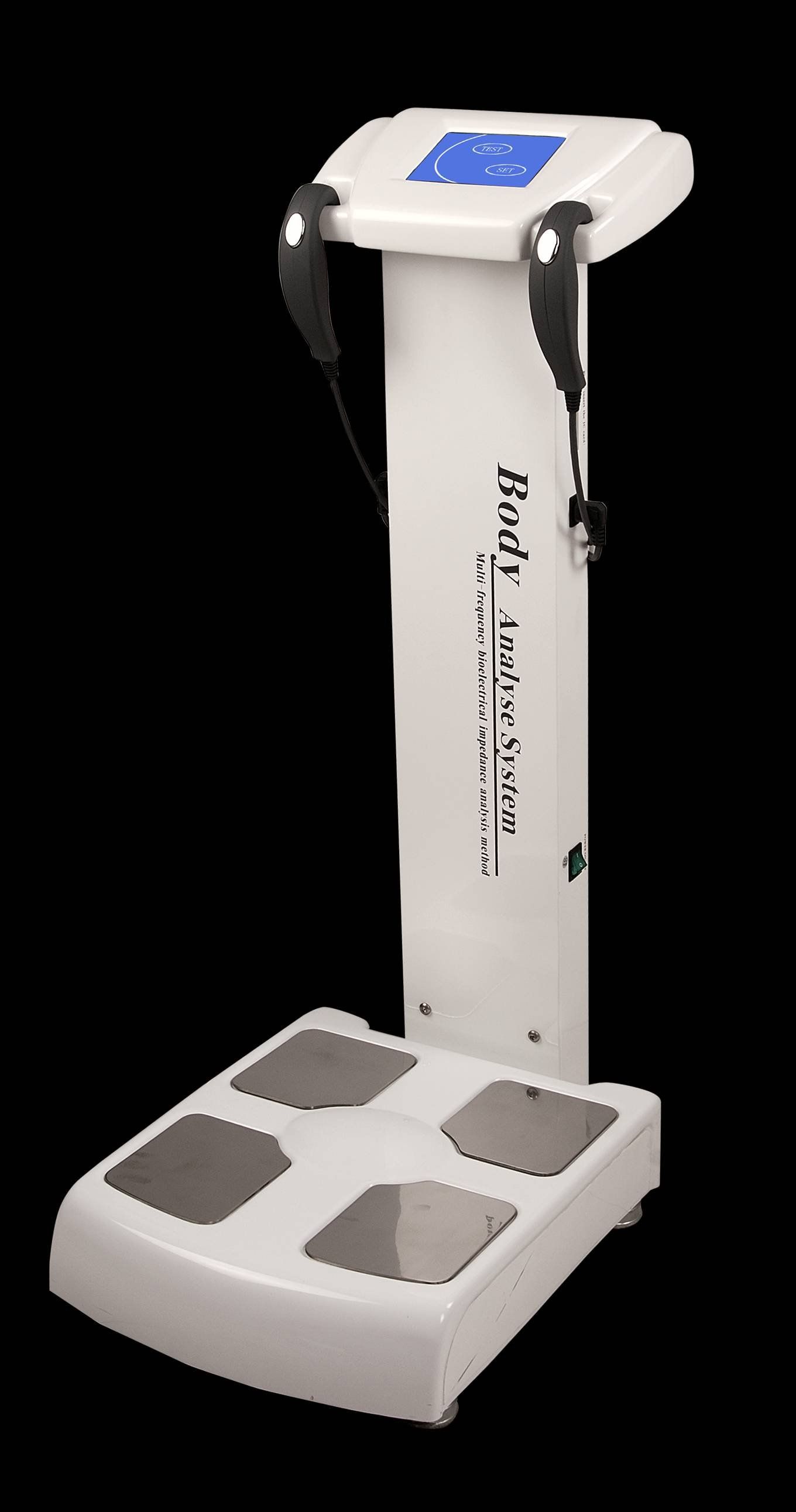

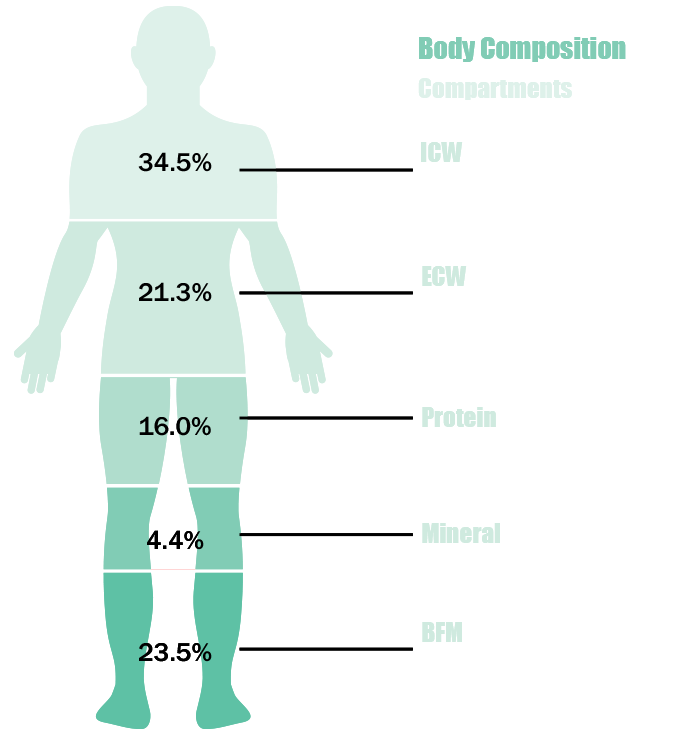
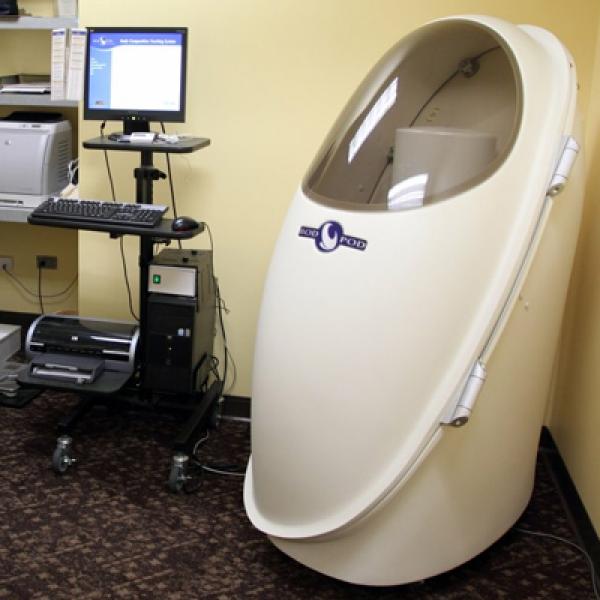
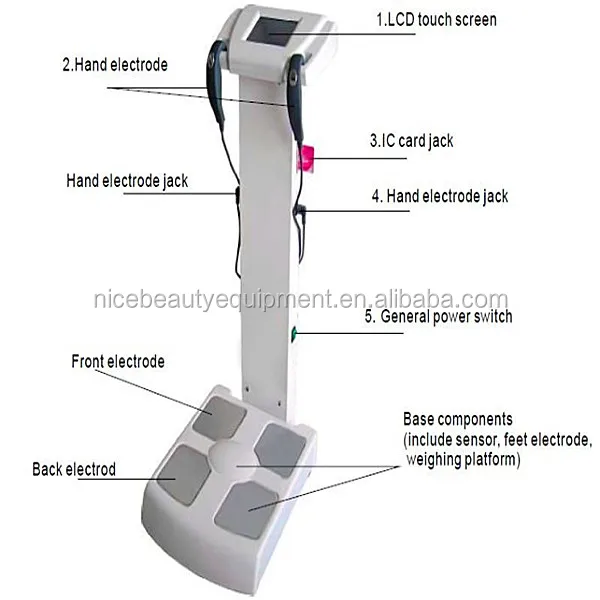
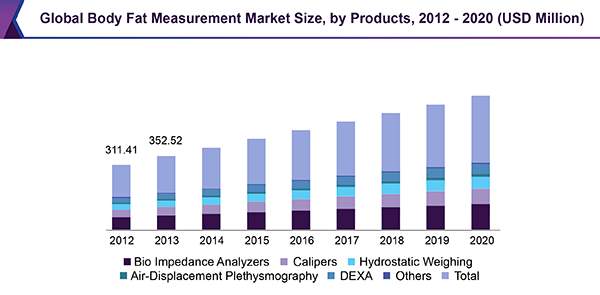

:max_bytes(150000):strip_icc()/omron-fat-loss-monitor-amazon-584de4bd5f9b58a8cd053fa4.jpg)






